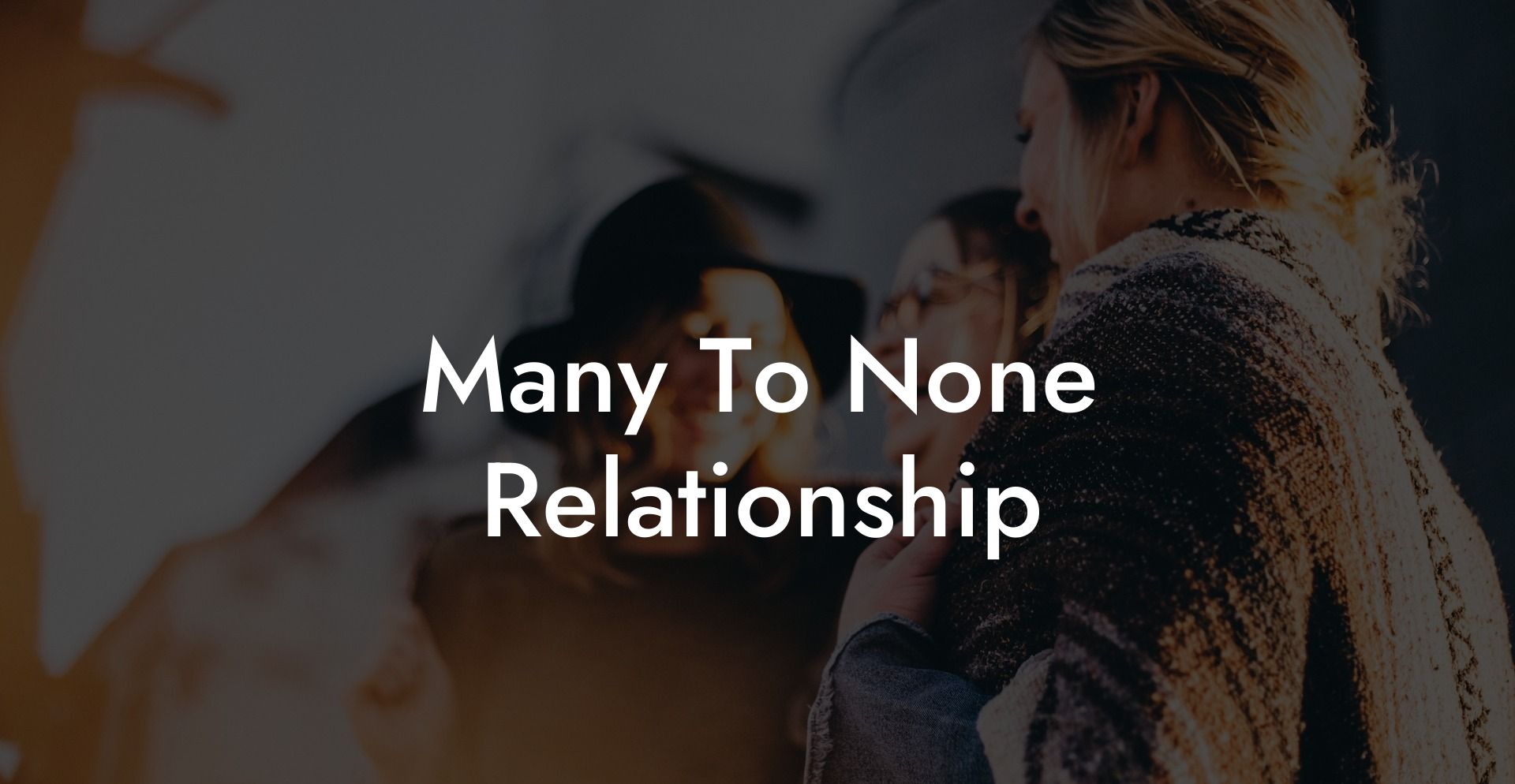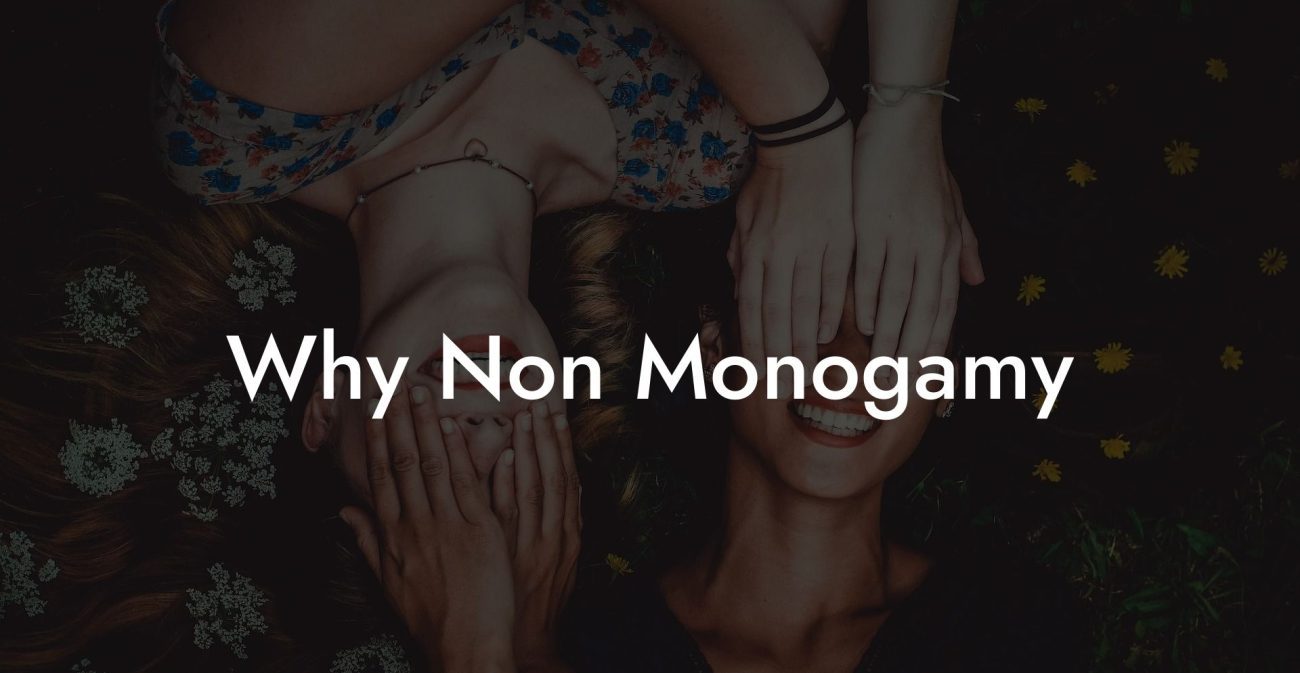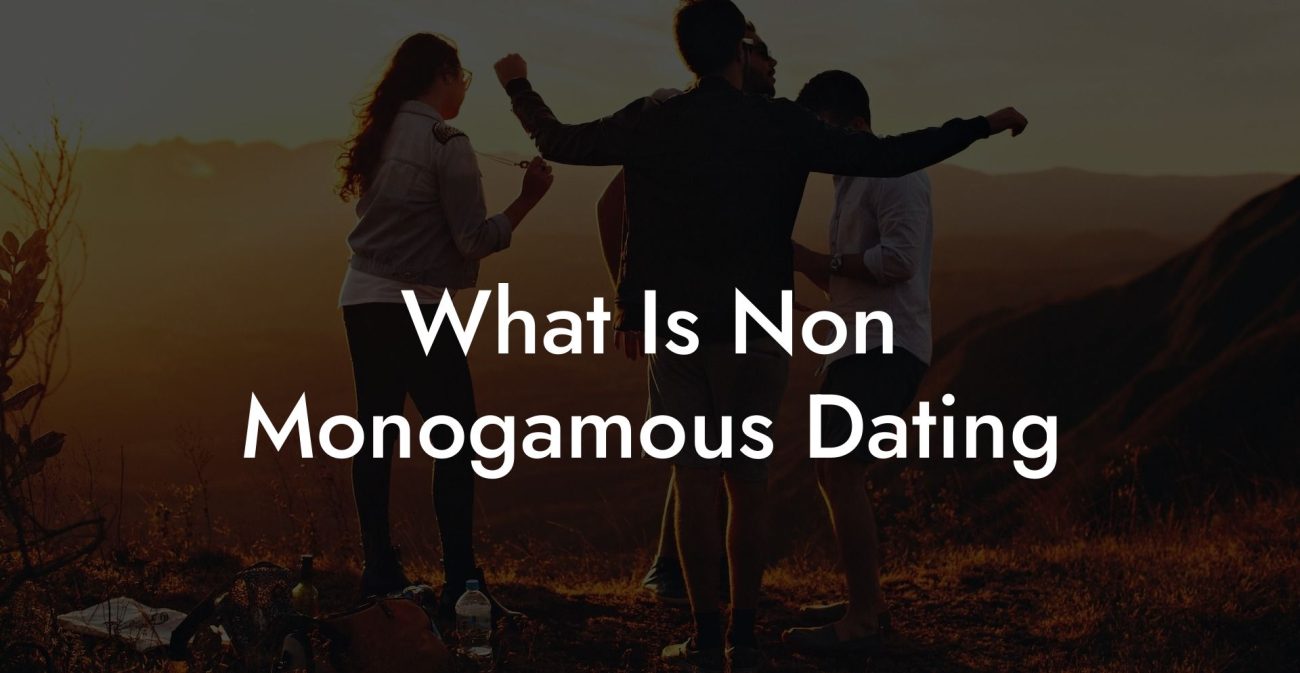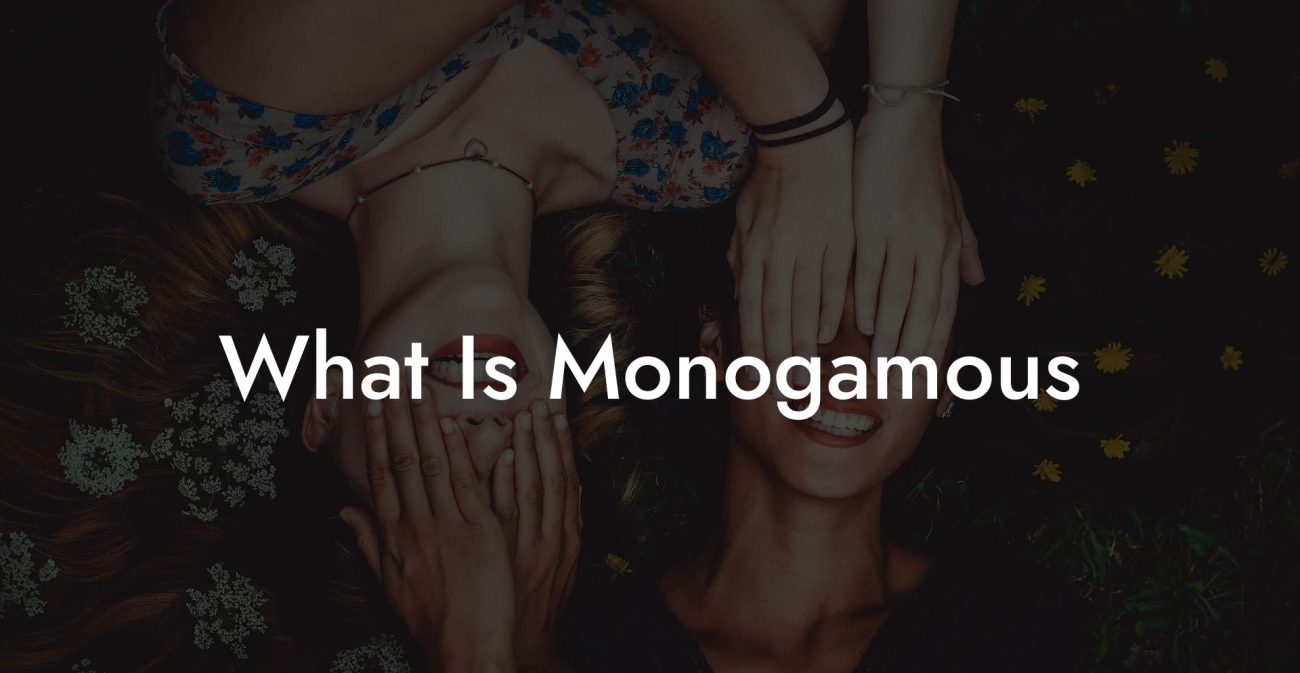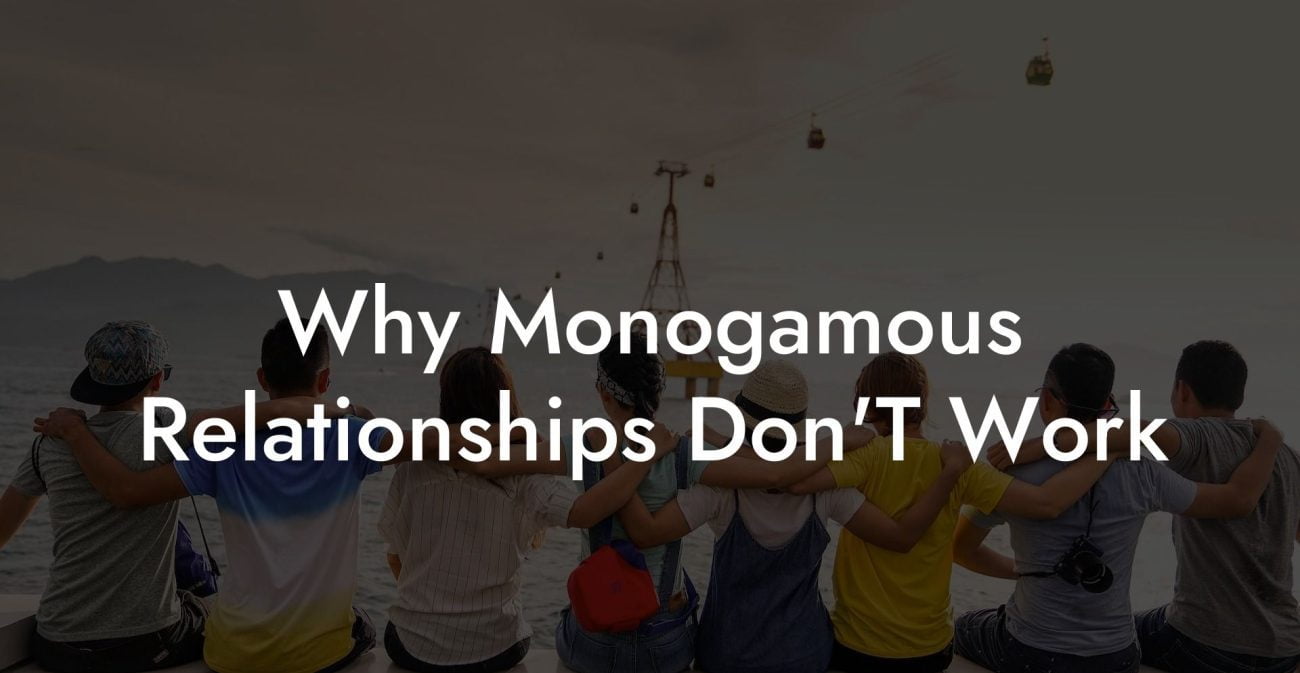In today's rapidly evolving dating and relationship landscape, people are openly exploring alternative relationship styles like never before. One interesting and lesser-discussed relationship dynamic is the many-to-none relationship. This unique setup might not be for everyone, but for those who are intrigued, it can offer a fascinating journey into the world of unconventional relationship structures.
Many To None Relationship Table of Contents
What is a Many-To-None Relationship?
What is a Many-To-None Relationship?
A many-to-none relationship, also commonly called a solopoly or single polyamorous relationship, is a dynamic in which a person chooses to engage in multiple romantic relationships simultaneously but does not view any of those relationships as primary or live-in partners. This means that they are not looking to create a shared home, financial ties, or other traditional markers of coupledom, instead choosing to prioritize their individual autonomy and independence.
Why are People Drawn to Many-To-None Relationships?
Many people who enjoy many-to-none relationships do so because they cherish their personal freedom, self-expression and the ability to explore multiple connections without being tied down in a more conventional relationship structure. Some of the reasons people may be drawn to this relationship style include:
- Focus on personal growth and development
- Desire to maintain independence and autonomy
- Appreciation for diverse relationships and interpersonal connections
- Self-discovery and exploration of one's own desires and needs
- The ability to create unique relationships without traditional expectations and pressures
Challenges and Benefits of the Many-To-None Relationship
As with any relationship style, the many-to-none dynamic has its own set of challenges and benefits. Some of these are:
Challenges
- Time management: Balancing multiple relationships can require significant planning and time management skills to ensure all parties feel valued and attended to.
- Managing expectations: Communication is key in a many-to-none relationship, particularly when it comes to setting and revisiting expectations around commitment levels, emotional support, and boundaries.
- Overcoming societal judgment: Facing potential stigma or misunderstanding from friends and family who may be unfamiliar with this unique relationship dynamic can be emotionally challenging.
Benefits
- Fostering independence: Maintaining personal autonomy and experiencing self-growth are key benefits of engaging in many-to-none relationships.
- Richer relationship experiences: Exploring diverse connections with multiple partners can lead to a depth of understanding and appreciation for the different ways that relationships can manifest.
- Flexibility and adaptability: People in many-to-none relationships tend to develop the ability to reassess and recalibrate their relationship needs and expectations as they evolve.
Many To None Relationship Example:
Kendra is a busy professional who enjoys her independence and the freedom to explore diverse romantic relationships. She identifies as solopoly and is in a many-to-none relationship dynamic. She eventually decides to end all her relationships and pursue different interests.
It's important to remember that, just like monogamy or polyamory, a many-to-none relationship isn't for everyone, but it can certainly be a fulfilling choice for those who feel aligned with the dynamics and values of this unique relationship structure. If you find yourself curious about the prospect of incorporating a many-to-none relationship into your own romantic journey, consider exploring our other non-monogamy guides on The Monogamy Experiment. We'd love to hear your thoughts and experiences as you venture into this captivating world of unconventional connections, so please feel free to share and comment on our articles. Happy experimenting!

